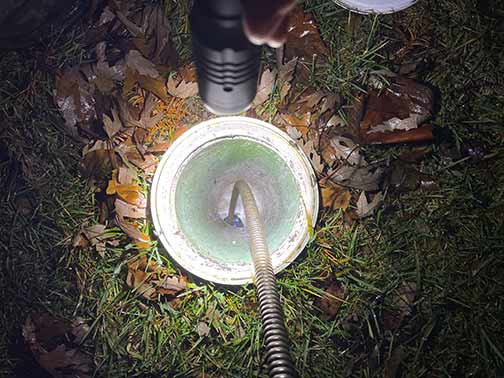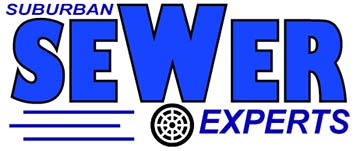
What is sewer rodding, and how can it help maintain the functionality of your sewer line? If this is the first time you will hear the term “sewer rodding”, or you have been looking for an effective strategy to ensure the efficiency and longevity of your plumbing, you are in the right place.
What is sewer rodding?
As BRS Management explains, sewer rodding is a non-invasive method for clearing buildup from clogged/blocked sewer lines. That means it does not involve digging and will not damage your surrounding landscaping. Due to its time- and money-saving ability, sewer rodding is a preferred drain-cleaning method for many homeowners.
Also known as drain rodding or snaking, sewer rodding uses a flexible cable with a revolving cutting head attached to its end to clear debris from a blocked sewer line. This specialized tool is inserted into the offending drain line, and the cable is maneuvered to reach the deepest recesses of the underground pipe.
One of the best things about this method is the cable’s ability to navigate the complex architecture of a sewer line. That makes it possible to remove blockages from pipe corners that would be inaccessible. Furthermore, this is done without risk of damage to the sewer pipes.
The sewer rodding process
To clear a blocked sewer line with the method, this is the standard procedure:
Inspection and diagnosis
A sewer camera inspection is done to determine the cause of the blockage, the type of blockage, its location and size. Using an above-ground monitor wirelessly linked to the camera, the plumber performs a close-up visual inspection of the sewer line. The camera’s geo-location capabilities also allow for precise targeting of the problem areas in the sewer line.
Insertion of the rod
The sewer rod is inserted into the drain line via a cleanout or drain opening. After insertion, the line is precisely guided to the blocked site within the line.
Removal of clogs and blockages
The rotating cutting head at the end of the rod is then used to break up and disperse any blockage inside the line. This spinning head produces enough force to remove sludge, tree roots and other difficult debris. But it will do this with minimal stress to the piping.
Retraction or rod and post-cleaning inspection
Once the blockage has been removed and the water flow is fully restored, the cable is withdrawn from the line. The sewer line is then inspected again to ensure that every blockage in the system has been removed.
What will sewer rodding do for your sewer line?
Protect your plumbing
Your plumbing is one of the most heavily used systems. Issues with the plumbing are not only disruptive for your family. Drain clogs are among the major problems that affect plumbing systems’ longevity. By rodding the sewer line, you can stop the damaging effects of drain clogs on your home’s plumbing.
Enhance system efficiency
Clogs and blockages in the sewer line form due to inefficiencies in the drainage system. They happen when the flow of water through the line is not optimal. But by removing the impediments in the path of the wastewater within the line, sewer rodding enhances the overall efficiency of sinks, toilets, showers and the entire plumbing system.
Better indoor air quality
Sewer line problems in the home affect your family’s health and comfort in several ways. Foul-smelling sewer gases that can not exit the sewer line due to blockages in the system find their way into the home. Sewer line problems also encourage mold growth, leading to mold sickness and an increased risk of allergies or respiratory issues in family members. However, sewer rodding will prevent all these and help you improve your indoor air quality.
Prevent clogs and blockages
A unique quality of sewer rodding is that it is effective at clearing clogs and blockages and can prevent them. That is possible when sewer rodding is used as a preventive maintenance tool. By rodding your sewer line on a schedule instead of waiting until it is blocked, you actively prevent the processes that cause clogs and blockages.
Does your sewer line need sewer rodding?
What are the signs that your home’s sewer line is due for rodding?
Multiple slow drains
If several drains are slow at once, your sewer line is probably clogged or blocked.
Frequent drain clogs
If drain problems shortly return after you deal with them, the sewer line is almost certainly clogged.
Nearby trees or shrubs
If there are plants with invasive roots near the sewer line, you should clear the line periodically.
Foreign objects inside your drains
You need sewer rodding if you pour grease into your kitchen sink or put anything except toilet paper and human waste into your toilet.
Finally, sewer rodding will keep your sewer line healthy and keep your sewer line healthy and help your plumbing last longer.


